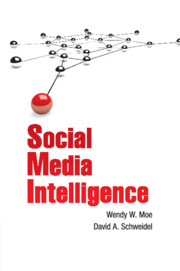4 - The Social Effect of Strangers
from Part II - Online Opinion or Online Noise
Published online by Cambridge University Press: 05 February 2014
Summary
Occasionally, we find ourselves in situations where we express an opinion that doesn’t perfectly represent the opinion that we actually hold. You don’t really like the sweater your aunt gave you last Christmas, but you tell her how much you love it and wear it anyway. Your boss’s jokes just aren’t that funny, but you at least let out a little chuckle. These are just some of the situations we find ourselves in when social norms contribute to our putting forth a viewpoint that isn’t entirely consistent with what we actually think.
In some cases, we’re just being polite when we pay someone a compliment, or we are simply choosing the path of least resistance. Even when we do hold strong opinions about a particular topic, we may temper what we say based on how we think someone else might react. We adjust our opinions to better conform to the social contexts in which we find ourselves.
In the previous chapter we discussed how environmental cues can affect whether or not we express any opinion at all. In this chapter, we discuss how our environment affects what opinion we express; in particular, we focus on the effects that others in our environment have on our opinion expression behavior.
- Type
- Chapter
- Information
- Social Media Intelligence , pp. 53 - 66Publisher: Cambridge University PressPrint publication year: 2014



